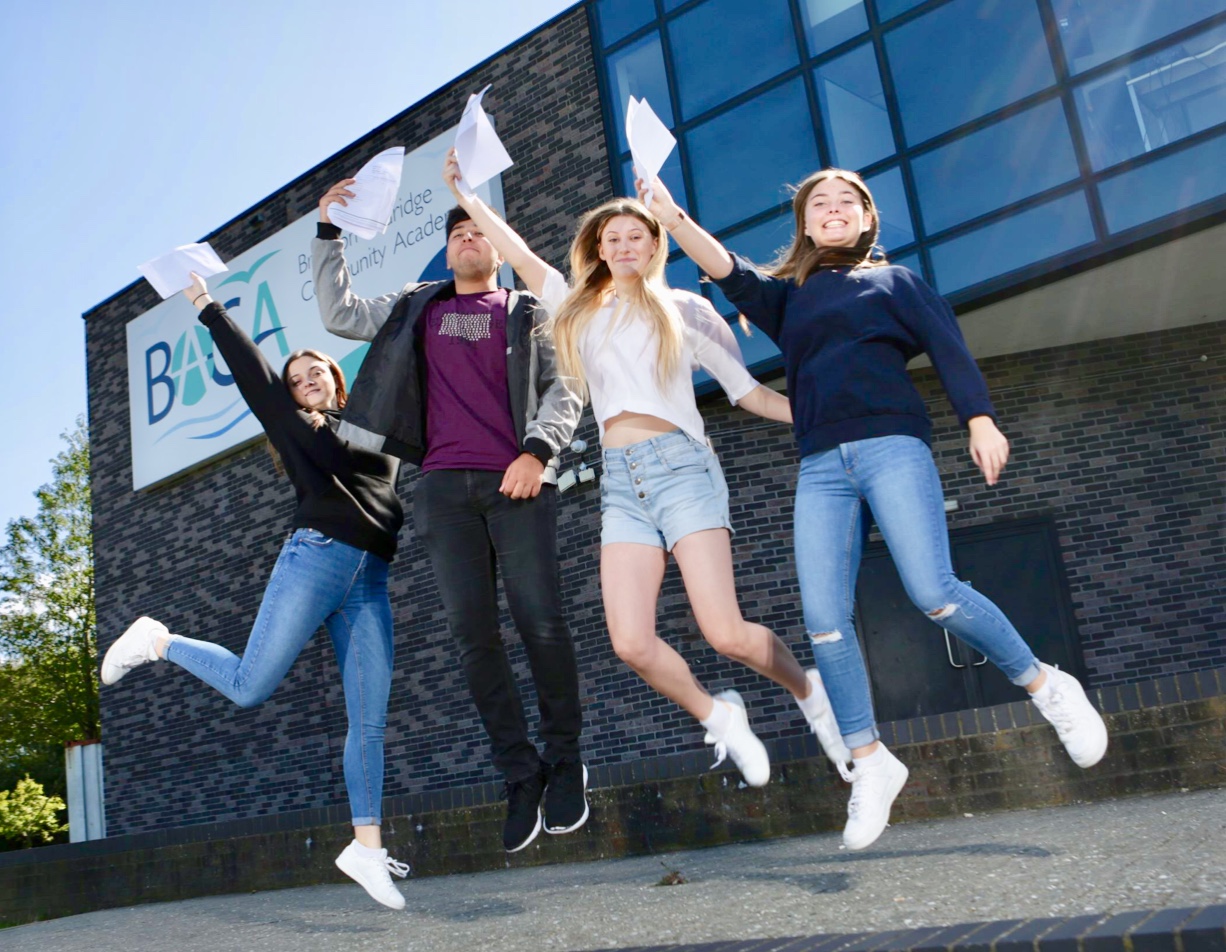Proposed changes to secondary school admissions are due to go before a scrutiny committee next week.
The meeting comes as Brighton and Hove City Council explores ways to address how the falling birth rate is affecting schools, their pupil numbers and finances.
And it comes during an eight-week consultation which is due to run until Friday 31 January on plans to amend the secondary school admission criteria for September next year.
Councillors and other members of the People Overview and Scrutiny Committee are expected to question officials about the proposals and make recommendations to the council’s cabinet.
A report to the committee set out the predicted number of surplus places for reception classes until 2027 and secondary schools to 2031.
Proposals include reducing the published admission numbers (PAN) at three secondary schools, adjusting a catchment area border and giving priority to youngsters who live in a catchment area.
The changes are partly in response to the falling birth rate which has left schools with hundreds of empty classroom places.
Since 2017, the council has been trying to deal with the effects of the falling birthrate. The drop was confirmed in the 2021 census which showed 22 per cent fewer youngsters aged 0-4 compared with 2011.
In 2019, the council started reducing admission numbers at the bigger primary and infant schools – and now the surplus places are starting to affect secondary schools.
School funding is based on pupil numbers which means that every unfilled space results in a reduced budget.
The report prepared for the committee next week forecast surplus places based on the school census figures from October.
It estimated 129 surplus places in the Hove Park and Blatchington Mill catchment area in 2030 and 115 in 2031.
And by 2031, it said that the Dorothy Stringer and Varndean catchment area would have 61 spare places. At Longhill, the forecast is for 59 spare places in 2030 and 56 in 2031.
The consultation that started last month asks whether people agree with a reduction in the year 7 intakes at three schools in September 2026
• Longhill – down 60 from 270 to 210 pupils
• Blatchington Mill – down 30 from 330 to 300 pupils
• Dorothy Stringer – down 30 from 330 to 300 pupils
The council currently expects 431 spare places in state secondary schools across Brighton and Hove by 2031.
The proposed admissions policy changes include an “open admissions” policy to increase choice for those living in catchment areas with just one school.
It would give children living in four catchments – for BACA, PACA, Longhill and Patcham High – a better chance of a place at schools such as Dorothy Stringer, Varndean, Blatchington Mill or Hove Park.
Another change would alter the boundary of the catchment area for Longhill and the catchment area for Dorothy Stringer and Varndean, giving children in Whitehawk a better chance of going to two of the area’s most popular schools.
Reception class numbers also feature in the report, broken down by postcode and school areas, again showing surplus places across Brighton and Hove.
The current consultation covers a proposal to increase the intake at Rudyard Kipling Primary School in Woodingdean from 30 to 45 for September 2026.
No reduction is proposed for any other council-run primary or infant school although the Roman Catholic Diosese of Arundel and Brighton is consulting on the proposed closure of St Joseph’s RC Primary, in Davey Drive, Hollingdean.
More than 600 people have responded to the consultation so far. To take part, click here. It closes on Friday 31 January.
The council’s People Overview and Scrutiny Committee is due to meet at Hove Town Hall at 4pm next Tuesday (14 January). The meeting is scheduled to be webcast on the council’s website.









